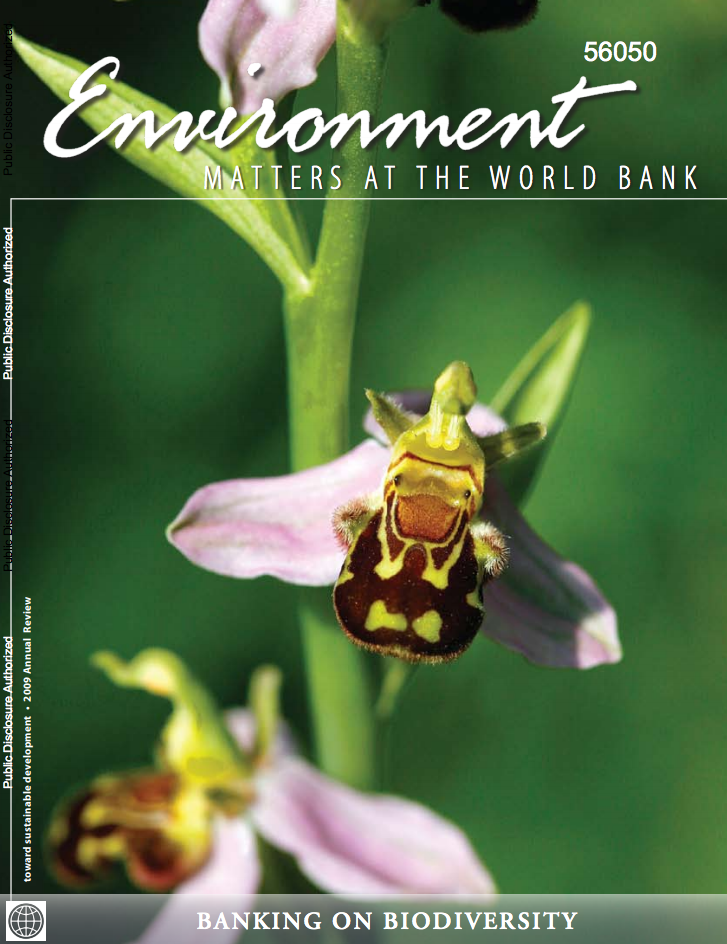Hashemite Kingdom of Jordan - Country Environmental Analysis
Jordan is a small, middle-income, open
economy, with a limited natural resources base and active
trade flows. As the integration of Jordan in the World
Economy progresses, enhancing Jordan's environmental
management can not only improve the wellbeing of Jordanians,
but also enable the country to better compete in
increasingly environmentally conscious markets. To date
there has not yet been a comprehensive assessment of


